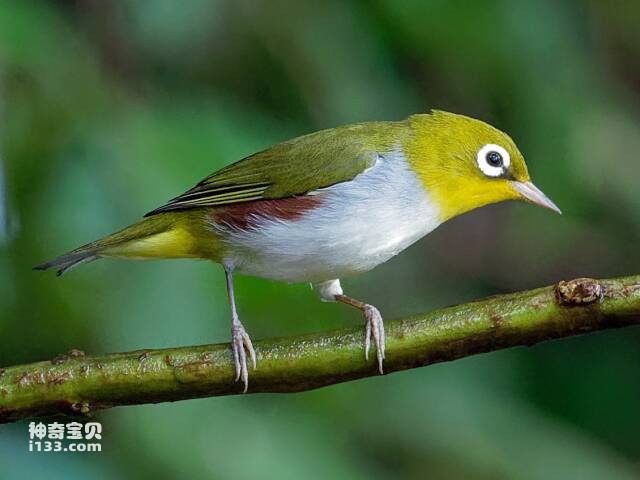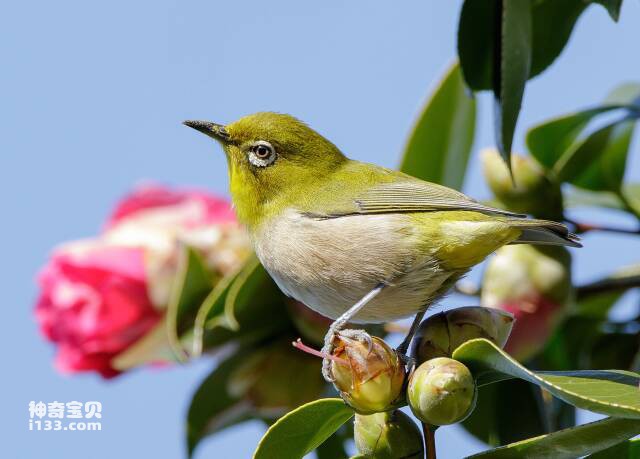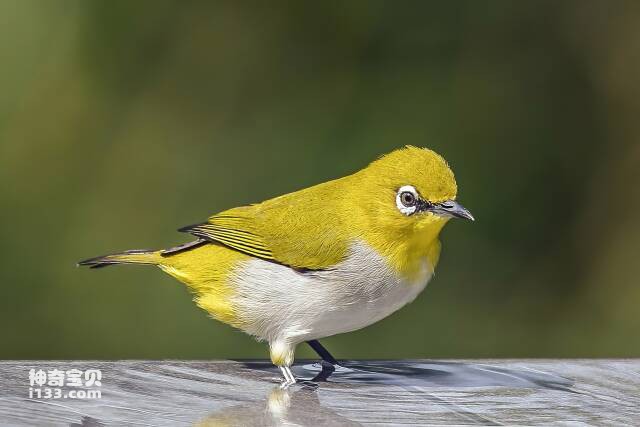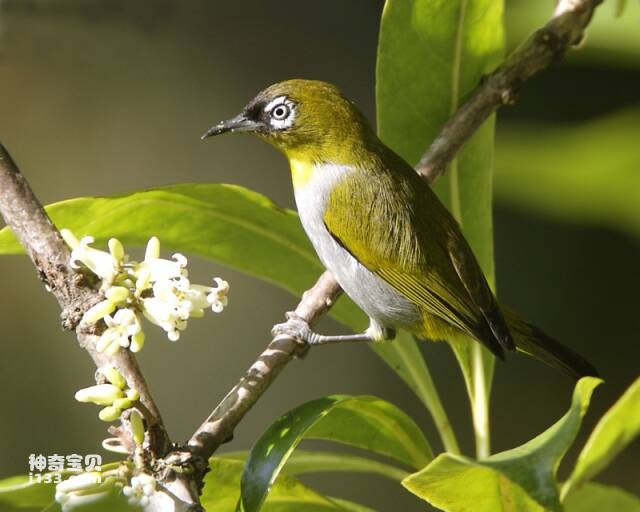White-eyed bird refers to the collective name of 97 species of birds in the family White-eyed bird, mainly distributed in southern Africa and northeastern to southern Asia. The most obvious feature of this bird is the obvious eyebrow line around its eyes. The embroidered eye is not easy to raise. It is easy to feed but difficult to raise well. During the feeding process, problems such as watery feces, hair loss, and hair turning are prone to occur. Pay attention to the stability of food and temperature, and do not change too much. But one of the main reasons why it is not recommended to keep whiteeyes as pets is because they are wild birds and need instinctive activities such as free flight and hunting in the wild. Keeping them in cages limits their movement and nature, causing physical and psychological stress that can lead to health problems and behavioral abnormalities. In addition, the white-eye is a protected animal, and illegal acquisition and trade may pose a threat to the wild population. Therefore, if you want to own a pet, it is recommended to choose a pet that complies with legal regulations and ensure that the necessary living environment, food and care are provided.
Main species of Erythidae:

1. Red-sided embroidered bird (scientific name: Zosterops erythropleurus)
The Red-sided Whiteeye is a small bird of the family Whiteeye that is found on the Indonesian island of Sulawesi and adjacent small islands. The body length of the Red-flanked White-eye is about 12 cm, its feathers are dark green, and its head and neck are gray. Its name comes from its distinctive red eyebrows and red patches on its sides. They live in a variety of forests, including primary forests, secondary forests, and plantations, and are also found in human activity areas such as gardens. They feed mainly on insects and other small arthropods.
There are no detailed reports on the population stability of the Red-sided Whiteeye, but they are widely distributed and are not listed as endangered, so they are rated as "Least Concern" (LC) by the IUCN. It is listed as Level 2 in the "List of National Key Protected Wild Animals" in my country (February 5, 2021).

2. Dark Green Eyebird (scientific name: Zosterops japonicus)
The Dark Green Eyebird, also known as the Japanese Whiteeye, is a small bird in the family Whiteeye and is distributed in Japan and neighboring islands. The Japanese white-eye is about 11-13 cm long, with light green feathers, a gray head, and an obvious white spot on its throat and chest. They live in a variety of forests, including evergreen, coniferous, deciduous, and plantations, as well as in human areas such as gardens. They feed mainly on insects and other small arthropods.
Due to its wide distribution and stable population, the Japanese white-eye is currently rated as a "species of least concern" (LC) by IUCN. In Japan, they are widely considered to be lucky birds and are protected and loved.

3. Grey-bellied White-eye Bird (scientific name: Zosterops palpebrosus)
The Gray-bellied White-eye is a medium-sized White-eye, belonging to the order Passeriformes and the family White-eye. It is mainly distributed in Yunnan, Sichuan, Guizhou, Hunan, Guangxi and other provinces in China, but also in Vietnam and Laos. The gray-bellied white-eye bird is about 25 centimeters long and weighs about 90 grams. Their feathers are a mottled mix of black, brown and gray, giving them a unique beauty. The head, chest and belly are dark gray, with a white ring around the eyes, and the belly and tail undercovers are reddish brown. There are black stripes on the throat and chest, which are often visible when perched. The Gray-bellied Whiteeye usually lives in secondary forests, bamboo forests and shrubs in mountainous areas, feeding on insects, fruits and seeds. They like to travel together very much, and often move together in small groups of 6-10.
The Grey-bellied Whiteeye chirps all year round, usually with a loud and complex call, and sometimes with a sweet chirp. They are very active birds that love to jump, explore and search for food in trees, on the ground and in bushes. The breeding season is usually between spring and summer. The female will build a nest in grass or shrubs and lay 2-4 eggs. Although the Gray-bellied Whiteeye is a beautiful and interesting bird, its numbers in the wild have begun to decline due to factors such as threats to its habitat and illegal hunting. Therefore, we should protect these precious birds and allow them to continue to thrive in nature.

4. Yellow-bellied White-eye Bird (scientific name: Zosterops fuscicapillus)
The Yellow-bellied White-eye, also known as the Brown-crested White-eye, is a small White-eye. They are about 10 centimeters long and weigh about 7 grams. The top of its head, sides of its neck and back are shawl or olive green in color, with a circle of white eyebrows around its eyes and an obvious white eyebrow spot. The throat and chest are light yellow, and the abdomen is white. The Yellow-bellied Whiteeye is mainly found in Sumatra, Indonesia. They mainly inhabit lowland and mountain rainforests below 2,000 meters above sea level, and can also be found in reeds and shrubs with sparse vegetation. The Brown-capped Whiteeye feeds primarily on insects, but will also eat fruits and nectar.
As the Yellow-bellied Whiteeye's habitat has been damaged by human activities and deforestation, as well as the impact of factors such as harvesting and illegal trade, its number has been declining, and it has been assessed by the International Union for Conservation of Nature (IUCN) An endangered species.
animal tags: White-eyes
We created this article in conjunction with AI technology, then made sure it was fact-checked and edited by a Animals Top editor.